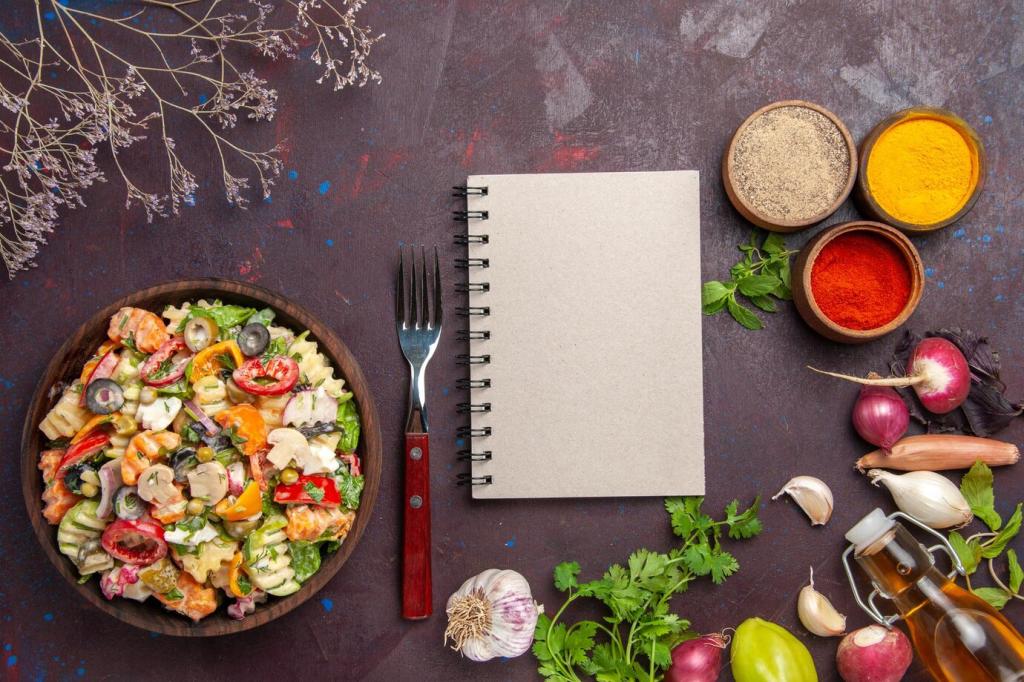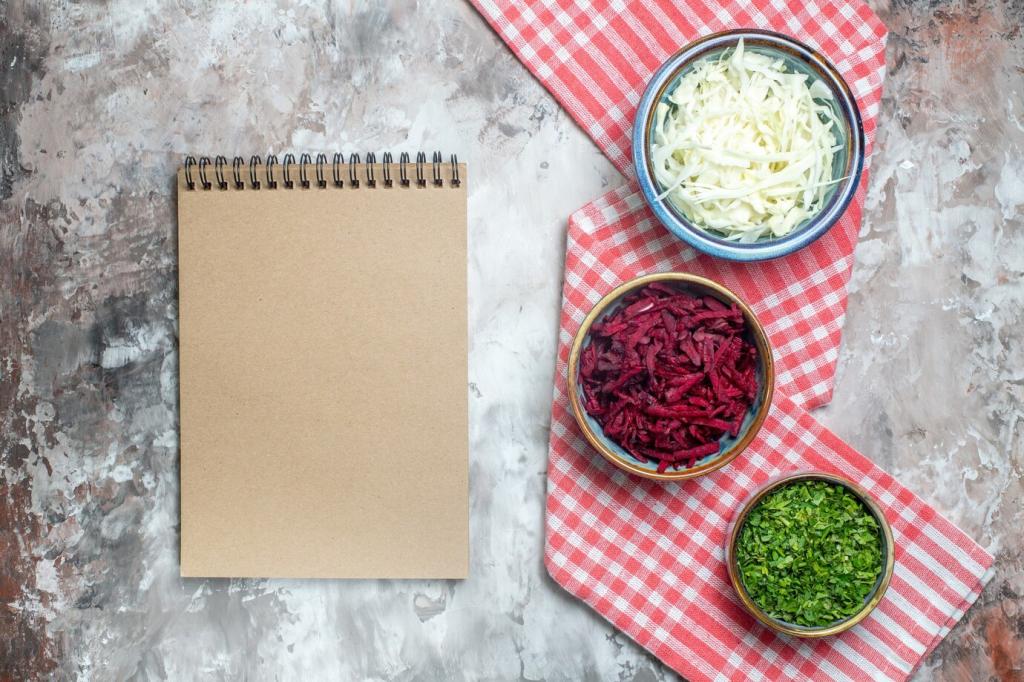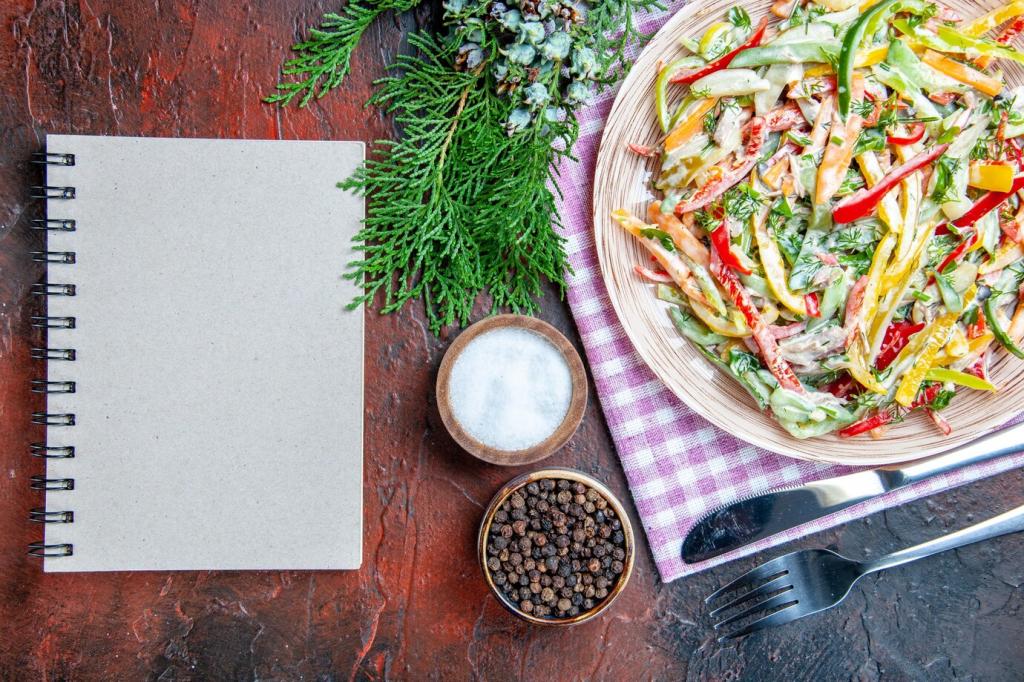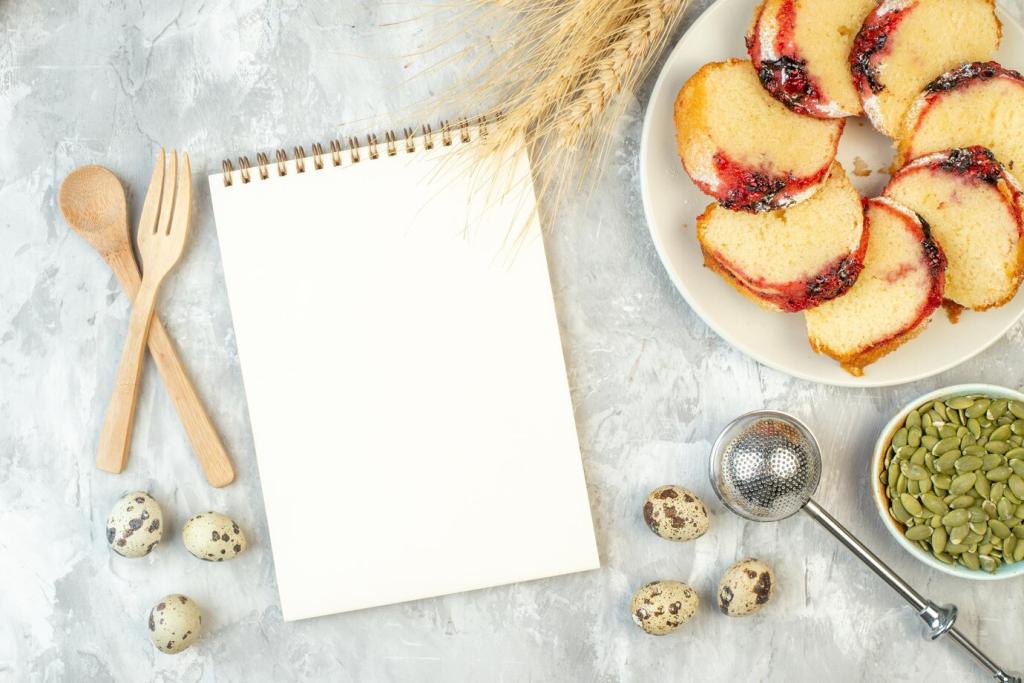Chosen theme: Preserving Garden Bounty: Curing, Canning, and More. Welcome to a cozy corner of jars, crocks, and sun-warmed produce where we save flavors for colder days. Dive in, share your methods, and subscribe for seasonal preserving inspiration and practical checklists.
Why We Preserve: The Heartbeat of a Year-Round Kitchen
A tomato still warm from the vine tastes like July, yet its peak is brief. Preserving captures that precise moment—acids bright, sugars balanced—so winter meals sing. Tell us what you are saving right now and why it matters to your table.
Why We Preserve: The Heartbeat of a Year-Round Kitchen
My grandmother’s cellar glowed amber and ruby when we pulled the string for the single bulb. She labeled jars in looping pencil, a map of seasons past. Share your own pantry memory below, and inspire another gardener to start.
Why We Preserve: The Heartbeat of a Year-Round Kitchen
Knowing the rules—pH below 4.6 for water-bath canning, precise headspace, and altitude adjustments—lets creativity flourish safely. Follow tested recipes, then riff with spices. What safety tip has saved your batch? Add it in the comments so newcomers learn.
Curing Fundamentals: Garlic, Onions, and Winter Squash
01
For garlic and onions, aim for warm, dry air and steady airflow for two to three weeks; avoid direct sun. Winter squash benefits from about 80–85°F warmth for a week to harden rinds. What spots in your home provide steady airflow? Share your setup.
02
Necks dry down and paper skins whisper when rubbed; squash stems cork over. Test a clove: it should snap cleanly. Post a photo of your best-cured bulb and tell us how you handled humidity bumps along the way.
03
After curing, move to cool, dry, dark conditions; keep varieties separate and check monthly. A single soft onion can ruin a crate. Subscribe for our printable storage chart and drop your favorite storage containers in the discussion.
Water-Bath Canning Confidence: Jams, Jellies, and Pickles
01
Pectin, Sugar, and Set
Understand natural pectin in apples or underripe fruit, and balance sugar for gel and preservation. Low-sugar pectins exist, but follow tested ratios. What is your trick for a soft, spoonable set? Share your jam wisdom and we will feature top tips.
02
Pickle Crunch Without Mystery
Firm cucumbers, quick processing, and a 1:1 vinegar-to-water brine keep pickles bright and snappy. Chill cukes first, slice consistently, and avoid overcooking. Comment with your favorite spice combo and tag a friend who swears by dill heads.
03
Headspace and Altitude
Leave the correct headspace, remove bubbles, and adjust processing time for elevation to ensure seals last. Heard a ping today? Celebrate that tiny victory below and ask questions if a jar did not seal—we troubleshoot together.


Pressure Canning Essentials: Beans, Broths, and Low-Acid Veg
To disable botulism spores, you need about 240°F, achieved at 10–15 PSI depending on altitude and canner type. Vent steam for ten minutes before pressurizing. New to this? Ask your first-timer questions here, and veterans, weigh in kindly.
Pressure Canning Essentials: Beans, Broths, and Low-Acid Veg
Soak, par-cook if recommended, and never thicken before canning. Fill hot jars with hot beans and clean broth, de-bubble, and keep exact headspace. Share your favorite bean blend for quick soups and we will compile a community recipe card.
Fermentation: Living Flavor, Simple Tools
Brines and Percentages
For crunchy veggies, a 2–3% salt brine by weight is a reliable start. Keep everything submerged and use clean jars. What ratio do you swear by for kraut or carrots? Share your salinity sweet spot and texture tricks.


Airlocks and Burping
Use an airlock, fermentation weight, or simple burping to release gas. Keep jars out of direct sun and taste early and often. Tell us about your bubbliest batch and whether you finish in the fridge or keep it on the counter longer.


Freezing, Drying, and Smarter Storage
Briefly blanch green beans, peas, and corn, shock in ice water, then tray-freeze before bagging to prevent clumps. Label with date and weight. What silicone trays or vacuum sealers do you trust? Recommend your favorites for the community.
Freezing, Drying, and Smarter Storage
Dry herbs until crisp and tomatoes until leathery, then store in airtight jars away from light. Combine dried veggies into soup mixes. Share your drying temp chart or ask for help troubleshooting leathery versus brittle textures below.

This is the heading
Lorem ipsum dolor sit amet, consectetur adipiscing elit. Ut elit tellus, luctus nec ullamcorper mattis, pulvinar dapibus leo.

This is the heading
Lorem ipsum dolor sit amet, consectetur adipiscing elit. Ut elit tellus, luctus nec ullamcorper mattis, pulvinar dapibus leo.
